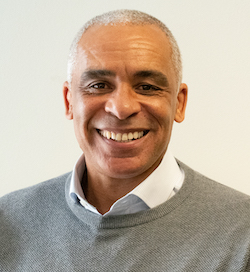latest fit tech news
Egym snaps up Hussle as it moves to dominate the corporate wellness market with its Wellpass product
Industry insights: 2020 predictions
What’s in store for the fitness and physical activity sector in 2020? We ask our panel of experts
Executive Director, Les Mills International
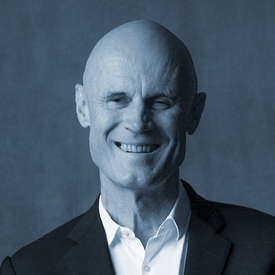
There is a fascinating battle playing out right now over who will become the new industry mainstream.
Will the booming low-cost segment kill traditional, multipurpose facilities by building bigger, better clubs and adding more services like group workouts, paid for via new tiered pricing models?
Will the traditional fitness sector (for-profit and not-for-profit) successfully defend its position by shifting upscale, expanding its crucial Generation Y/Z appeal by adding boutiques, in the same way it added aerobic studios back in the 1980s – killing the aerobic studio segment in the process?
Will boutiques – spreading exponentially owing to high-quality workout experiences, low barriers to entry and franchise models – be cannibalised by the traditional sector in the same way as the aerobic studios were? Or will the new, multi-studio boutique models continue to grow and diversify, becoming the new mainstream?
It’s a tough call, with great players on all sides. The only sure predicted winners at this stage will be fitness consumers and the health of our generation.
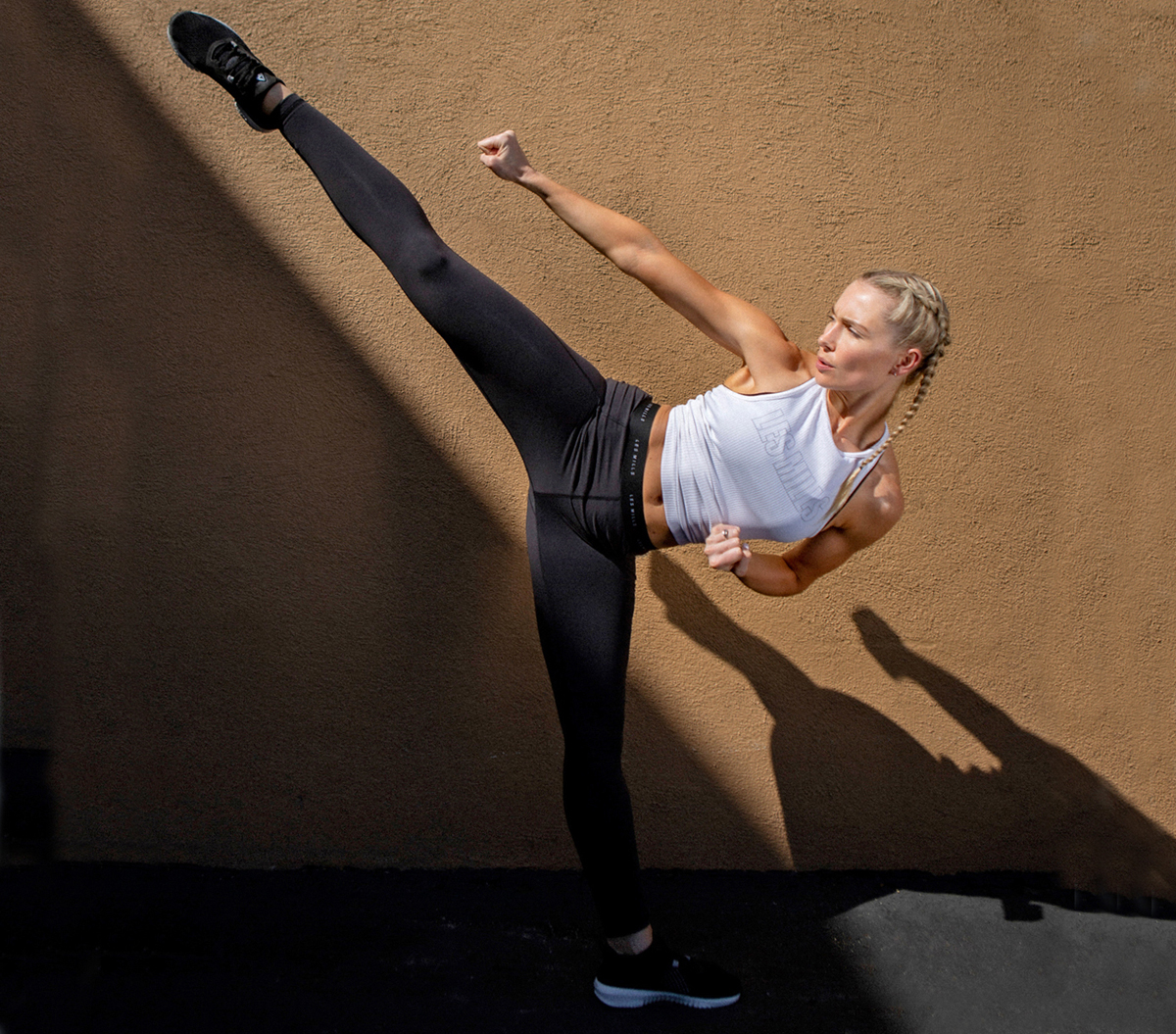
Assistant Director, Deloitte Corporate Finance Advisory

The high number of M&A transactions in the last few years shows the continued interest of strategic and financial investors in the UK and European fitness industry. In particular, there’s been a significant consolidation trend across the industry, both within domestic markets but more recently cross border within Europe.
Two of Europe’s largest budget operators – Basic-Fit and PureGym – have continued to expand their portfolios both organically and via acquisitions, enabling them to grow at a quicker pace and in different locations. The focus continues to be on expansion across Europe to gain a market leading position in certain geographies. Examples include Basic-Fit’s acquisition of Fitland, giving them a market leading position in the Netherlands, and PureGym’s recent acquisition of Fitness World, giving them a market leading position in Denmark. Whilst both acquisitions were debt funded, both operators have excellent access to capital; PureGym via their well-funded PE backer and Basic-Fit via their stock market listing.
At the opposite end in terms of scale, boutiques have continued to gain traction in their local markets, with many operators expanding on a site-by-site basis through franchise or owned sites. In the last few years, several of these operators have been able to secure capital from larger investor sources. We predict this trend will continue as many more investors look to capitalise on this growing and popular segment.
Going forward, we expect more consolidation in the mainstream markets (budget and premium) and continued investment into organic growth in the boutiques. The winners in each sector will not only need to be the best operators but will also need to secure the right access to funding in this capital intensive industry.

Director, Leisure-net Solutions
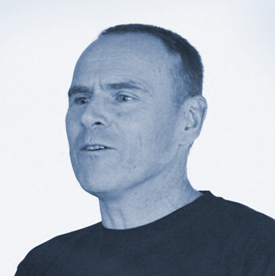
Are Generation Z (16-25 year olds) the sector’s next big challenge? Our research, pulled from thousands of non-user surveys, suggests so. We found that time, motivation and direct costs are more important factors for Gen Z than other age groups, yet they’re 25 per cent more likely to be in contemplation or pre-contemplation mode.
We know from previous research that this generation tends to be more concerned with their appearance and body shape. Gen Z is also more health conscious than millennials. Living their lives online, their main role models are public figures and brands that talk to them online. They gain knowledge online about the exercises they want to do and the kit they need for it. Their expectations are high, and they’re prepared to shop and move around, using their online skills to make comparisons and find the best deals.
The health and fitness sector needs to create specific membership categories to cater for Gen Z, with bespoke marketing creatives alongside fresh and on trend fitness offerings, designed to appeal to this group of early adopters. It should also work with fitness bloggers to generate inspirational content and use SMS to push out offers and promotions.
The main pain point for Gen Z is money, and remember that 86 per cent of Gen Zs read a review before making a first-time purchase. They want to know that people like them are enjoying ‘our’ experience. But Gen Z are not loyal. We need to demonstrate good value or they will go elsewhere, and we will miss a big opportunity to get this age group into a regular exercise habit, hopefully for the rest of their lives.

CEO and MD, GLL

Bricks and mortar leisure providers in 2020 will face a challenging trading environment with headwinds from Brexit and increasing competition for disposable income from home-fitness brands, e-game innovators and experience providers popular with millennials.
But there are also huge opportunities for those who are agile enough to evolve their offer or able to draw upon a strong and loyal customer base in the local community.
This year could see some struggling big-name providers merge. There could also be an increase in the number of high street boutique gyms and healthy lifestyle offerings (including yoga and pilates), as shop fronts are freed-up by a move to online shopping. Mid-market providers will also continue to feel the squeeze.
In the year ahead, all providers will be looking to differentiate themselves in a crowded market, so look out for some high-spend advertising campaigns aimed at winning the hearts and minds of customers.
According to Swim England, swimming is the nation’s ‘go to’ leisure activity for families. So look out for more pool providers offering family-friendly courses teaching this vital life skill as well as entertaining pool-play activities that maximise wet-side income streams. Artificial intelligence will also be increasingly used to make pools safer by enhancing the ‘eyes and ears’ of lifeguards poolside.
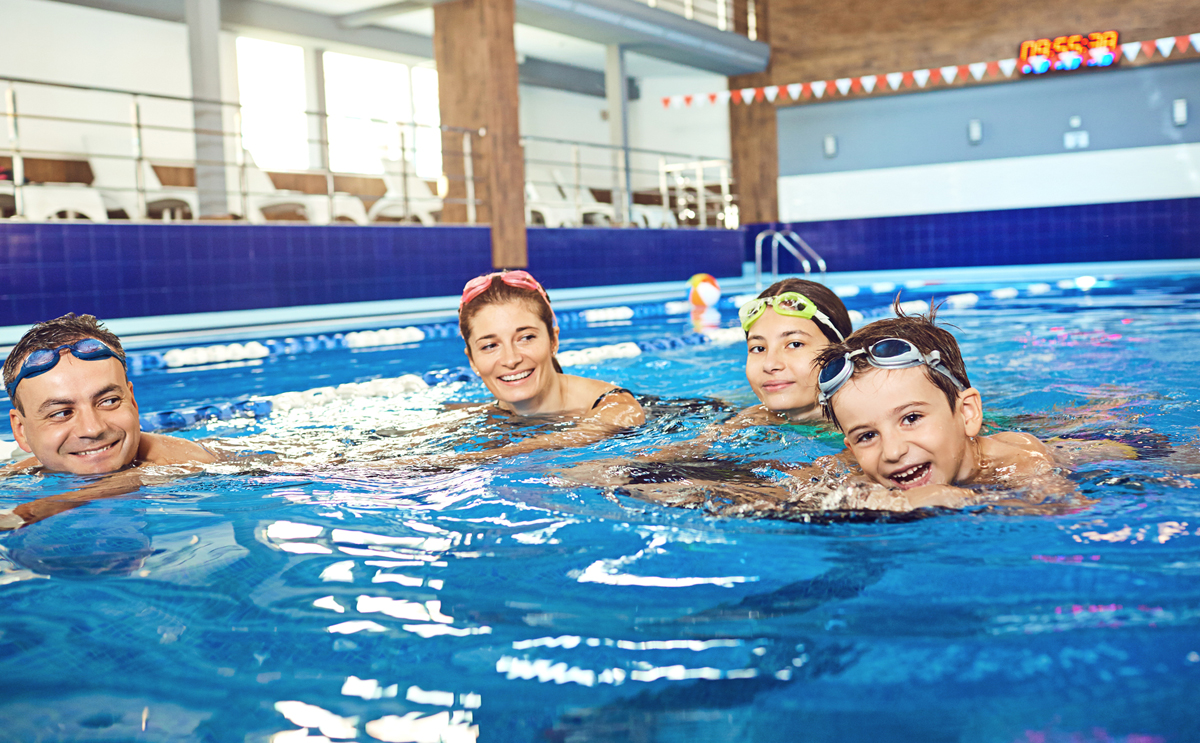
Founder and CEO, EXOS
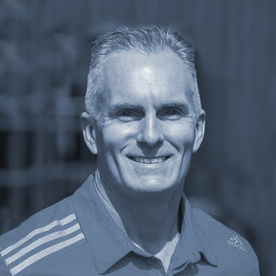
In 2020, we’ll see organisations go beyond providing a bunch of wellness amenities to their employees; instead focusing on quality over quantity.
Basic wellness offerings will continue to play an important role in corporate wellness programmes. However, employers increasingly are realising that in order to help people create transformative changes, they need to help them commit to something and sustain that commitment. And in order to do this, the role of the practitioner is paramount.
Digital tools will support rather than replace real human connections between employees and expert practitioners. Qualified practitioners can guide employees and engage them on a personal level to help them stay motivated, experience real health outcomes, and attain the goals that matter most to them. Employers will opt to implement a small number of high-quality programmes with the intent of making a bigger difference in people’s lives, attracting and retaining talent as a result.
































